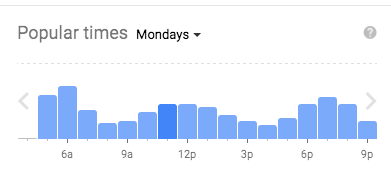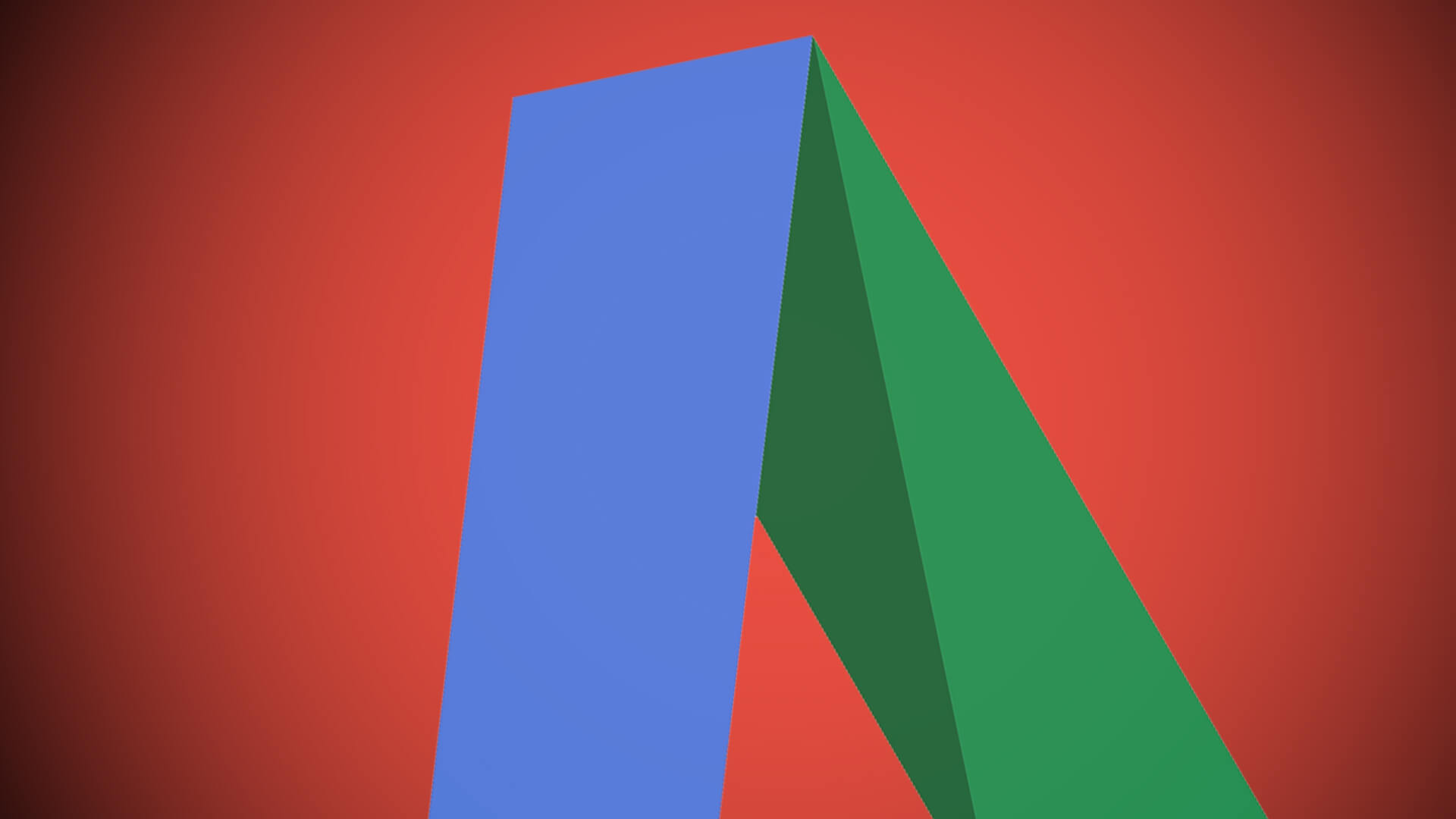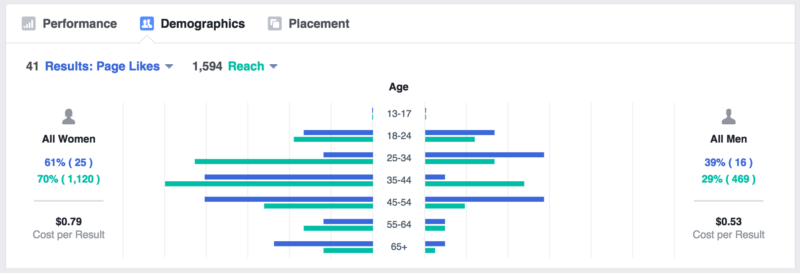10 ways to get ready for the new AdWords
Columnist Frederick Vallaeys explores the potential impact of some new AdWords features announced at the Google Performance Summit in May 2016 and discusses how to prepare for these changes.
After hosting Brandcast and I/O, Google wrapped up a busy month of announcements with Performance Summit, the new name for their combined AdWords and Analytics launch event. I had the good fortune of getting invited to a press event where I could ask questions of Sridhar Ramaswamy and Jerry Dischler, my former colleagues at Google, and now the top AdWords engineering and product management leaders.
The changes that were announced should now be familiar to anyone in the PPC industry (this site did a great roundup of the announcement) but your game plan for preparing may still be up in the air (as are precise launch details from Google), so I’ll share my thoughts on 10 ways to prep for what’s coming soon to AdWords.
Expanded text ads
Not all announcements got equal billing at the event, but Expanded Text Ads was one of the headliners. It was also very well received by advertisers, probably because Google is teasing a 20-percent lift in CTR thanks to the extra 50 percent of ad text space. As is well documented in several posts on the topic of Ad Rank and Quality Score, a lift in CTR usually produces increases in Quality Score and a corresponding decrease in the CPC required to maintain the same Ad Rank.
But getting these benefits will also require significant effort from advertisers, who will need to update all their ads. Until that time comes, here are a few other things you can do today to start preparing:
1. Test long headline ads today
It is a pretty well-known AdWords hack that you can already test “long headline ads” by ending description line 1 with a sentence-ending punctuation mark. This makes that ad eligible to have its first line of description shown next to the headline.

When you add punctuation after line 1, it may be added after your title to give your ad a long headline, and a bigger link for users to click on. [Click to enlarge.]
2. Tokenize your ads and test which phrases perform best
When the time comes to migrate, advertisers will probably create new ads gradually using known well-performing phrases before starting to experiment with new text that takes full advantage of the extra space.
Today, you can already start to find which common phrases in your account produce the best results. The simplest way to do this is to build pivot tables around ad text components like headline, description 1 and description 2. This way, if the same text is used in multiple locations, the metrics will be aggregated, and you’ll have a good starting point for your new ad builds.
Given the big upcoming change, now is a great time to consider whether you could use a tool to help with all the upcoming work related to ad optimization. Some of the tools, like the one offered by my company, Optmyzr, have capabilities that automate this particular research task.
3. Brush up on your marketing mojo
If you are primarily a data-driven advertiser, this one’s for you. With 140 characters of text to write, creating an ad no longer has to be the struggle it once was with 95 characters of space. But it also means it’s no longer something that can be done as an afterthought.
The hardest thing about writing ads for the old format was paring everything down to fit and how to split the description between two lines, which often meant struggling to find the right word that could end the first line of description as close to 35 characters as possible.
I think the new challenge will be to find the most compelling message, and that’s a much better challenge than fighting character counts. Because of this shift, data-driven online marketers will need to brush up on their creative messaging skills. This challenge will become even more important when you layer in the next announcement Google made: the arrival of demographic targeting for search ads.
Demographic targeting
Demographic and Similar Audience targeting for search was a part of the announcement that didn’t even get a mention in the AdWords blog post, but it’s still a very exciting one for many advertisers.
Like I said before, writing compelling ads will become a bigger part of running a great AdWords account, and now advertisers will be able to target different ads (or use different bids) based on demographic signals.
So, not only can we now write 140 characters of ad text, but we can do this for many different audiences who may all respond differently to different messages. Here’s how to get ready for this change.
4. Get demographic data from other channels
If you’ve already been advertising in channels that include demographic targeting or that have demographic performance reports, that data should be leveraged for AdWords search ads. For example, if you’ve run Facebook ads, their demographic reports can inform your strategy for AdWords.
5. Get quasi-demographic data from audiences
Even if you don’t have true demographic data, you may be able to find a workable substitute from audience lists you already have, like cookied users who shopped your selection of men’s shoes or women’s shoes as a proxy for gender. Just having these audience lists doesn’t tell you anything about their performance, though; for that, you have to add the audiences to all your ad groups.
Remember, there are four bid adjustments you can set in AdWords search campaigns: device, time of week, geography and audience. With the first three, even if you’ve never done anything with these three signals, you can still go to Dimensions reports in AdWords to get granular performance data that can be used to inform you of sensible bid adjustments. With audiences, on the other hand, this data doesn’t exist until you explicitly add an audience to an ad group.
I recommend adding all your audiences to all ad groups. Once you have added all the audiences, wait a few weeks and then analyze the data to see if there are meaningful performance differences for different audiences. Just be careful when adding the audiences that you do this as a “bid adjustment” with no change in bid, and NOT as a bid and targeting adjustment, which would cause your ads to stop showing to anyone not already on your lists.
Once you have enough data, you may find some interesting differences in performance and set some bid adjustments to better monetize these differences.
Bid adjustments for all devices
Speaking of bid adjustments, one of the biggest announcements Google made is the return of granular device bidding.
Most discussion focused on the fact that tablet bid modifiers will become available, but the real power is that all three device types can now have bid modifiers.
6. Calculate your tablet bid adjustment
I’ll assume you’ve already taken advantage of mobile bid adjustments and that desktop bids are also set appropriately based on your goals.
The only thing left to do then is to calculate what tablet bid adjustments you’ll set when that capability arrives. Taking immediate advantage of this new capability should provide a quick win.
Here’s the formula you can use to calculate device bid adjustments:
Mobile bid adjustment =
100% x ( (Value Per Mobile Click/Value Per Desktop and Tablet Click) -1)
7. Pick your new bid anchor, and make sure it’s compatible with automated bidding
Because bid adjustments will now also be available for the device type “computers,” you no longer have to set your base bid for that segment. If you get more volume from mobile, and that’s the primary thing you think about, you can now set a bid based on that. The mobile bid adjustment, in that case, would be zero percent change, and the desktop bid adjustment can be set as needed.
If you are using a third-party portfolio bid management system, or if you are using a rules-based bidding strategy, think about how this will work with the new way of bidding.
For example, if you have a rule that looks at conversion rate as a factor for setting the CPC, make sure you look at the conversion rate for the device that is your anchor, and NOT the average across all device types. This way, you can set the right bid for your primary device type and use bid adjustment to make this bid work for the other two types of devices.
The device type you can use as the anchor will depend on the capabilities of the tool you use. Make sure that your chosen software doesn’t interfere with any device bid adjustments you set.
Promoted pins
In light of the focus on a mobile-first world, this announcement was another one that got a lot of attention from Google. Users may now start to see promoted pins on Google Maps. What makes this announcement very interesting is that it sounds like Google will use its knowledge about users to determine when to promote a particular pin.
Advertisers may have some control, but they certainly won’t have the full control they’re used to from using keyword targeting. This is another step in Google’s master plan of connecting the right user with the right business at the right time for the right price without making either users or advertisers do much work.
Shopping ads are another example of feed-based advertising, and I believe this is an important trend that we should all start to get ready for. Here’s what I think we can do now.
8. Get your company’s feeds ready
Promoted pins and the newly updated business pages rely on feeds to tell Google about the business that is being advertised. There’s a Google My Business feed that contains location data. There’s a local inventory feed to tell Google what products are in stock at different locations.
For Shopping ads, there are also promotion feeds and merchant feeds. For audience targeting, customer match is essentially a data feed. As you can see, there are a lot of feeds available, and the more data we provide Google, the better they will be able to get us more traffic and new leads.
9. Feeds to future-proof your ads when voice search takes off
Google showcased their ability in Analytics to use machine learning to respond to users asking questions like “what were my top selling products last month.”
At Google I/O, they introduced Google Assistant and Google Home, their answer to Amazon’s successful Echo. It’s clear that there is a coming shift in how users will find things, either in whole new ways where the search is replaced with a conversation with a digital assistant or, in the case of Google Now, where people no longer even need to search to be reminded of things they should be searching.
How advertisers will formulate targeting in this new world is entirely unclear, and not even Sridhar or Jerry had an answer when we asked them about this, so I think that giving Google as much structured data as possible about what we are trying to sell is a smart move. That way we can take advantage of the additional volume until there is a better definition of how we can control those new opportunities.
Store visit conversions
There wasn’t really any major product announcement about store visit conversions other than Google announcing that in the two years since launch, over one billion store visits have been measured.
Their technology for doing this is very cool and goes far beyond simple GPS data and includes panel data and WiFi signals. This technology even provides consumers with the ability to see when a store is at its busiest, a feature I love because I hate nothing more than standing in line.

See the most popular times for a business on Google Maps.
During the Q&A, there was a brief mention that beacon-based technology would be added so that smaller stores whose data might not be as accurate could start to get better measurements of store visits.
This is important because, in a case study from Google and Nissan, six percent of mobile ad clicks resulted in store visits, delivering a 25x return on ad investment. If you are a smaller player, and you can’t measure this additional impact of your ads, your CPCs would likely have to be lower, and this would put you on an uneven playing field.
10. Improve your attribution model or get left behind
My advice for advertisers is to build an attribution model that goes beyond last-click sales attribution. At HeroConf last year, during a session by Google about store visits, there was a lot of skepticism from advertisers about how accurate this type of conversion measurement is.
While I trust Google is providing the most accurate data possible, at some level, it really doesn’t matter, though. If even one advertiser buys into it and their results are reasonable, it shifts the playing field.
Advertisers with more advanced attribution models justify their additional spend and higher CPCs by building a more complete picture of the value provided by online ads. As advertisers, we can stick to the simple attribution model we know to be nearly foolproof: last click attribution. But then we risk not being able to afford to bid competitively with advertisers whose models assign value to other things like store visits.
Conclusion
The AdWords product team is showing no signs of slowing down the frequency of launching new capabilities, which is really exciting for anyone working in this industry.
It means that the time we invest in keeping up to date is hugely valuable to the organizations and clients we support.
In review, here are the 10 things I believe we can start doing today to get ready for the new features coming to AdWords soon:
- Test long headlines now, before Google officially releases this feature.
- Find the best phrases for your ads from across your whole account.
- Get ready to be a marketer, not just an analyst.
- Collect demographic performance data from other channels.
- Use audiences to collect quasi-demographic data.
- Calculate your tablet bid adjustment.
- Pick which device type will be the core for your bid management.
- Get your company’s data feeds ready.
- Future-proof your business with feeds for when keywords no longer matter.
- Choose an attribution model that looks beyond the last click.
For full disclosure, I am still a paid consultant for Google.
Opinions expressed in this article are those of the guest author and not necessarily Search Engine Land. Staff authors are listed here.
Related stories



